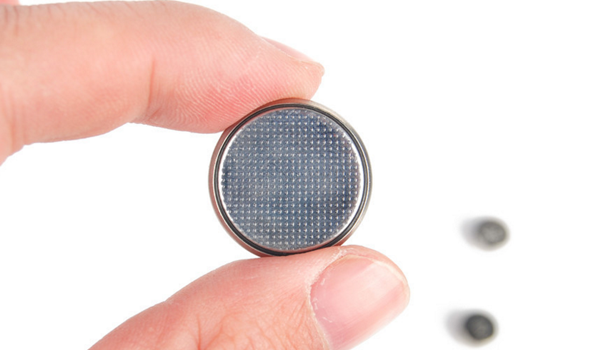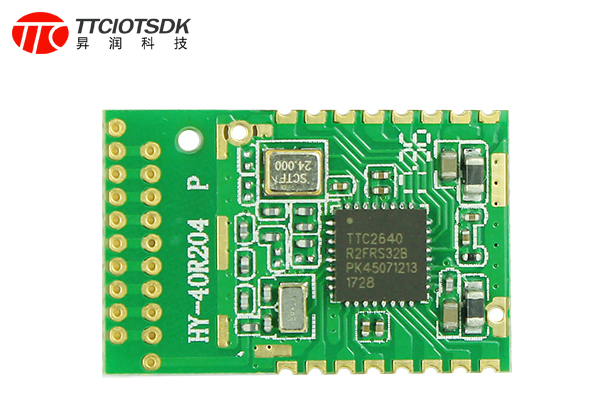Question 1: What is low energy ? How to define
* Average operating current is uA level
* Peak current does not exceed 15mA
* Powered by a coin cell battery, battery life can reach more years.
In many low-energy application scenarios, coin-cell batteries are used to supply power. Coin-cell batteries are the main goal of Bluetooth low energy design, and the use of coin-cell batteries usually has severe restrictions.

However, it should be noted that the energy of the button battery cannot be completely converted. Normally, only about 80% of the energy at room temperature can be provided at zero degrees. In addition, the battery's self-discharge characteristics also need to be considered. When stored at room temperature, the annual capacity loss is less than 2%. These factors also need to be taken into account when calculating working hours.
How Bluetooth low energy achieves low power
Compared with traditional Bluetooth technology, the reduction in power consumption of Bluetooth low energy technology mainly benefits from the following changes:
1.Reduction of standby power consumption
The large standby power consumption of traditional Bluetooth devices is one of the recognized shortcomings. This has nothing to do with traditional Bluetooth technology using 16 to 32 channels for broadcasting, while Bluetooth low energy uses only 3 broadcast channels. This change is significantly reduced. The power consumption caused by broadcast data.
In addition, Bluetooth Low Energy has designed a "deep-sleep" state to replace the idle state of traditional Bluetooth, so this design also saves the most energy. Shengrun’s Bluetooth 4.2 BLE module consumes only 3.54 µA in sleep mode.

2. Implementation of fast connection
The mechanism of Bluetooth low energy is that it can achieve fast connection. When it is necessary to send a command or transmit status, it can quickly establish a connection, and quickly disconnect it after completion.

Quick connection is a great gospel for many low-energy devices, greatly reducing the threshold for the development of low-power products. It is important to mention that according to the traditional Bluetooth protocol specification, if a Bluetooth device is broadcasting, it will not respond to the currently scanning device, while the Bluetooth low energy protocol specification allows the device that is broadcasting to connect to the device that is scanning This effectively avoids repeated scanning and can greatly reduce power consumption.
3. Reduced peak power consumption
The RF physical layer is optimized for low power consumption, so that the peak current during transmission and reception is greatly reduced compared to traditional Bluetooth.
The following are the power consumption parameters of the low-power module of Sunrun Bluetooth 4.2 series
Instantaneous maximum current in receiving mode (high gain setting): 5.9mA;
Transient mode instantaneous maximum current (setting 0dBm): 6.1mA;
Transient mode instantaneous maximum current (setting + 5dBm): 9.1mA;
Sleep: 3.54µA avg;
Data transmission: 2.75 mA avg.
Testing function for BLE module
| Status / Setting | Broadcast / connection interval | WP up | WP down |
| Broadcast | 20 | 792.76uA | 2.84mA |
| 100 | 224.47uA | 2.38mA | |
| 500 | 41.76uA | 2.27mA | |
| 1000 | 18.18uA | 2.25mA | |
| 20 | 726.65uA | 2.56mA | |
| Connection | 100 | 113.25uA | 2.23mA |
| 200 | 56.46uA | 2.19mA | |
| 500 | 22.64uA | 2.23mA | |
| 1000 | 12.61uA | 2.25mA |
4.Reduce time for energy
The use of time is the key to low-power Bluetooth to achieve low power consumption. Because the radio uses and consumes more energy when it is transmitting and receiving, the following aspects also greatly reduce power consumption.
(1) High-efficiency coding Efficient encoding can send the same amount of data in less time.
(2) Compared with traditional Bluetooth, Bluetooth low energy supports ultra-short data packets, which makes it less time to send.
(3) Faster startup time reduces waiting time for transmission and reception.
(4) Occupies less resources
The more complex the protocol, the more resources it will occupy, and the need for power consumption will increase under the same circumstances. Bluetooth low energy uses only one protocol to implement server discovery, name discovery, and reading and writing of information. This has much less overhead than classic Bluetooth with multiple protocols, and thus also contributes to reducing power consumption.
(5) Client-server architecture
The well-known client-server architecture is adopted in the Bluetooth low energy protocol. It is a software system architecture, which can make full use of the advantages of the environment at both ends, and reasonably distribute the tasks to the client and server. The communication overhead of the system.


